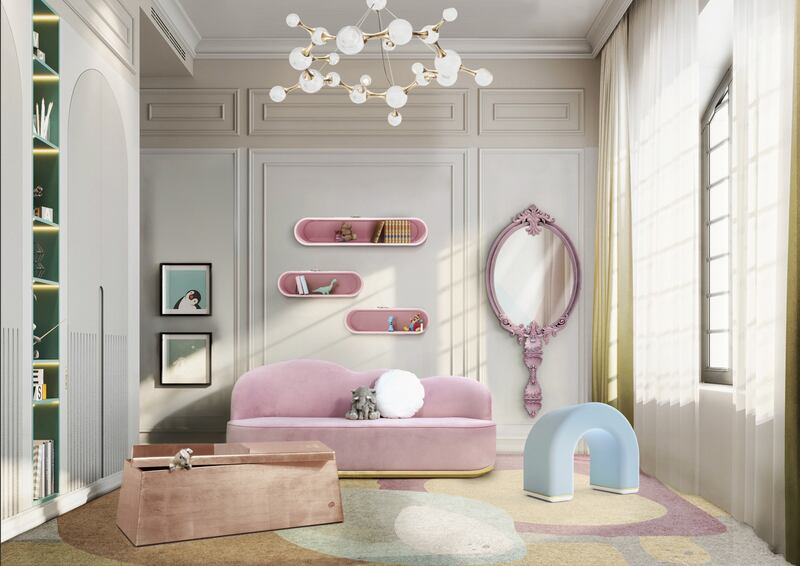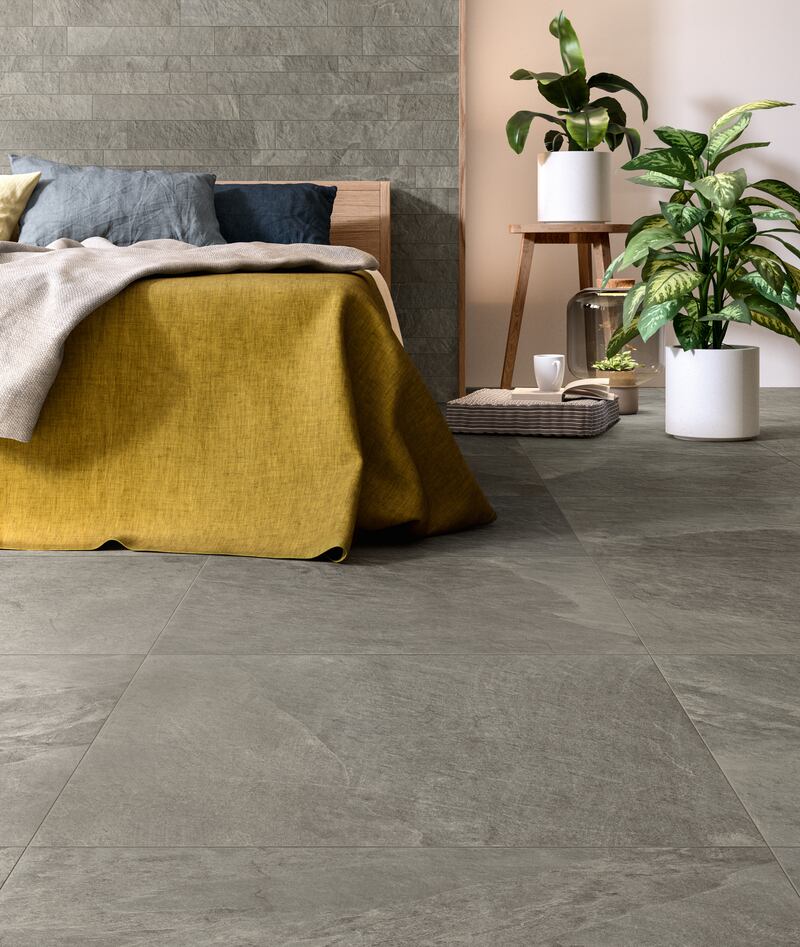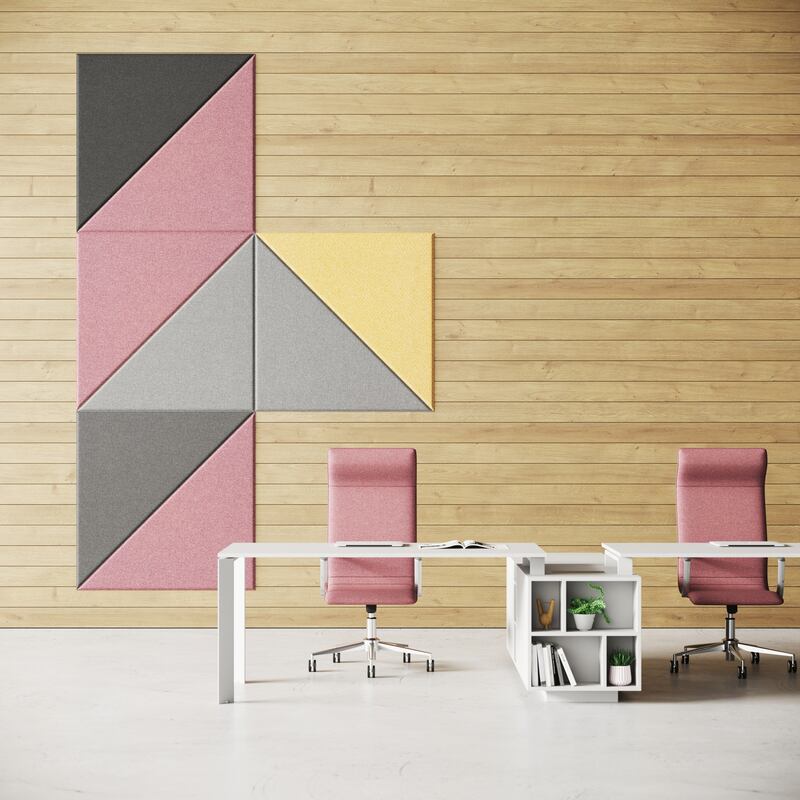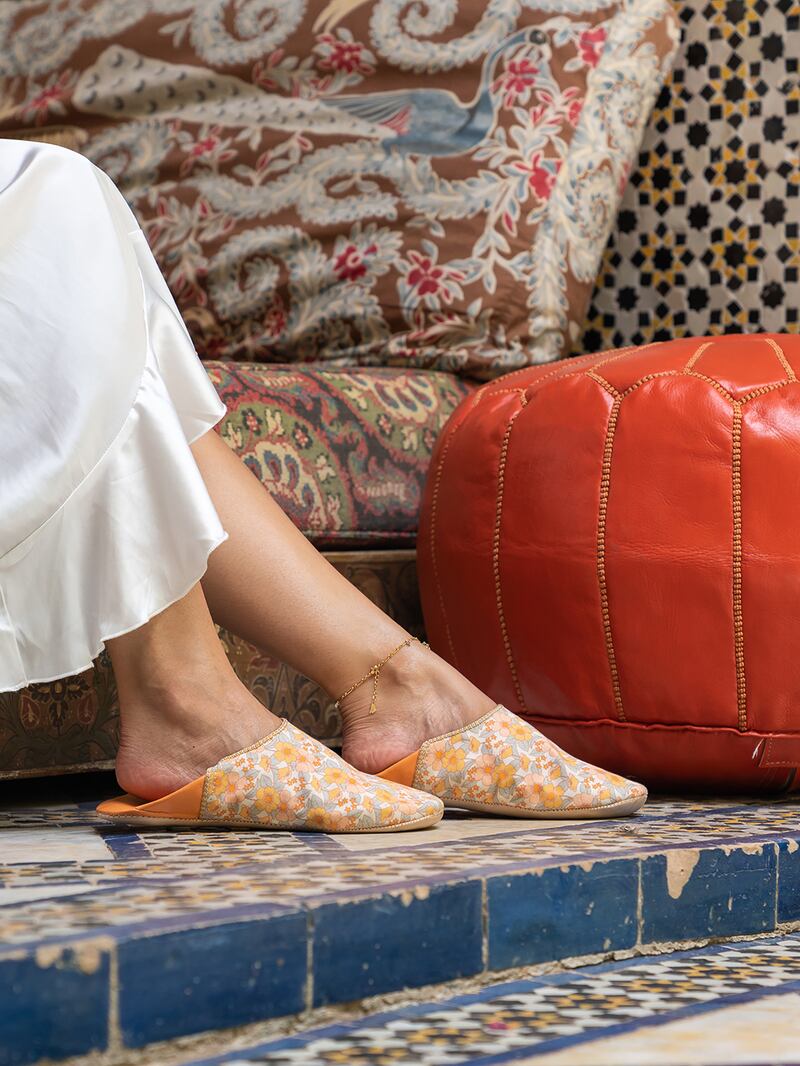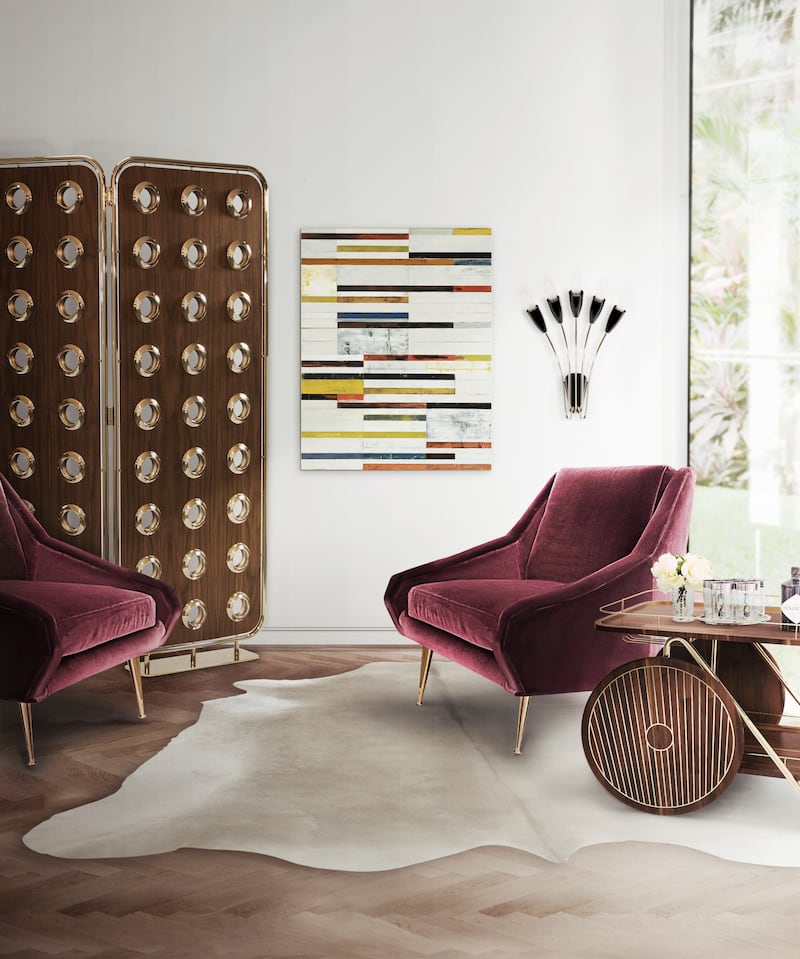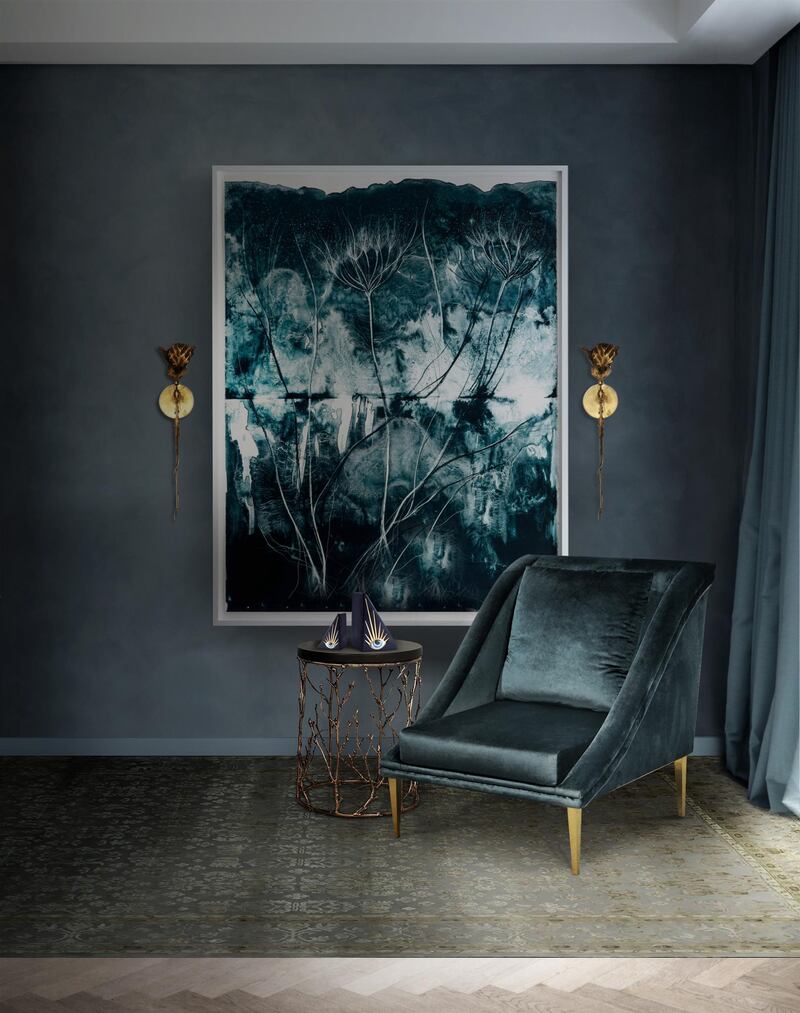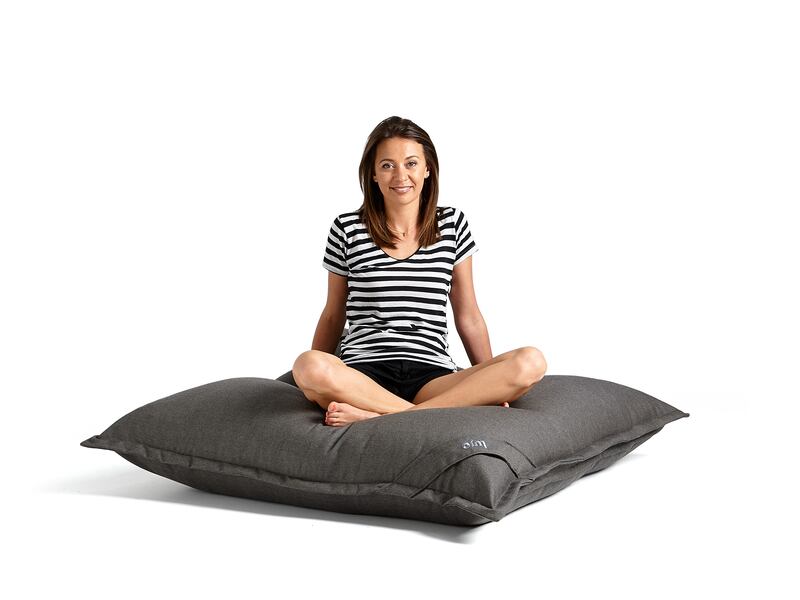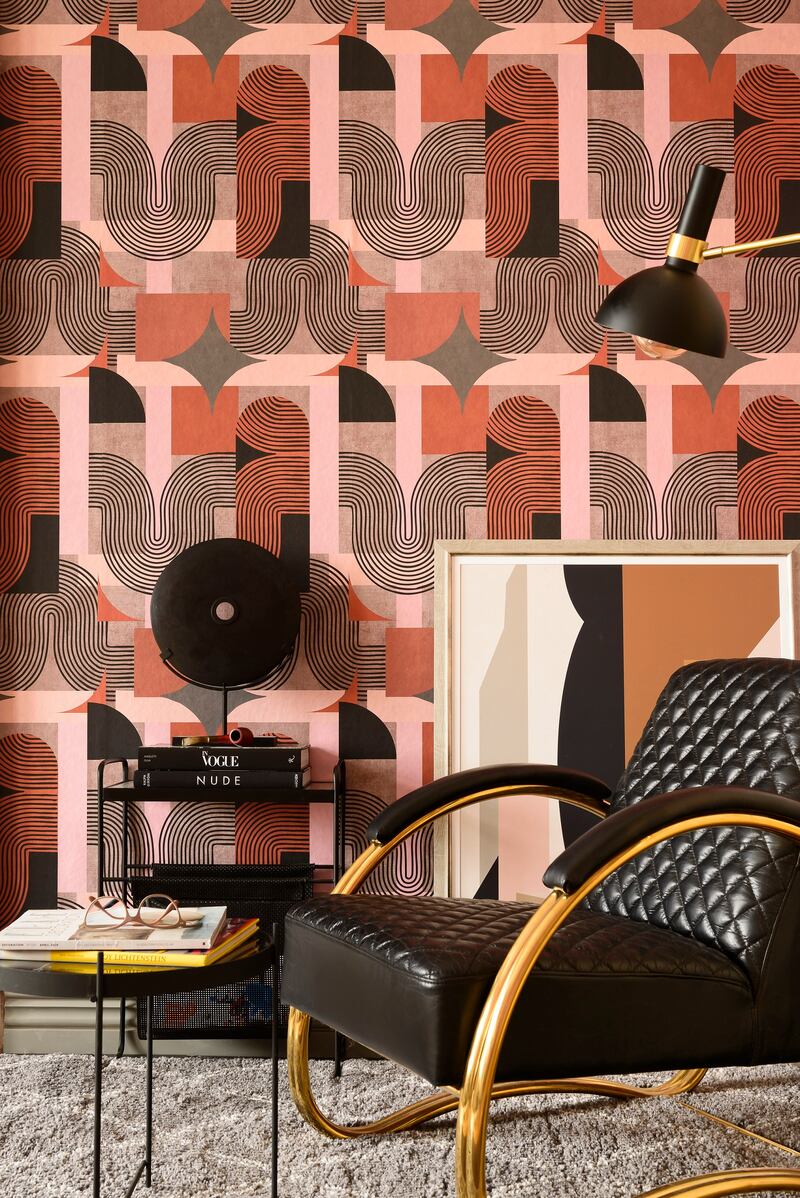As we enter the third year of the pandemic, the home continues to work hard to fulfil its roles of sanctuary and workspace. Doing it up based on both your tastes and your needs is imperative. Here are some on-trend ways to create a seamless and stylish living experience.
Glass half full
How the spaces we occupy look and feel can have a massive impact on our moods; that’s our superpower as designers! The pandemic has amplified this tenfold, which is why optimism is my top trend of 2022.
Start with colour. Colour psychology tells us that yellow is the most optimistic hue, with orange and violet close behind. Red and black are generally a no-no for residential interiors, but green and blue can work if you want a more serene, thoughtful mood. For neutral spaces such as floors, walls and ceilings, be wary of brilliant white, which can be sterile; instead favour off-white, ivory or dove grey.
The other quick win is lighting. Maximise natural light by removing anything that blocks it: curtains or a cupboard are easy, but you might want to dig deeper. Replace a wooden front door with a glass door; replace bulky windows frames with something sleeker. And of course, you can always “fake it” – floor-to-ceiling mirrors and glossy wall paint bounce natural light around the room, while soft white LED bulbs mimic the midday sun.
Finally, add optimistic flourishes with upbeat art, bold photography, statues, books or even inspirational quotes in 3D or 2D text by your favourite author, leader or singer.
Earthy, unfinished materials
Given the amount of time we’ve been spending indoors, the rustic imperfection of nature has become ever more desirable. Textures are your friend here, with unvarnished wood furniture and accessories the obvious quick win.
Rugs and throws are another off-the-shelf fix, while curtains are a more permanent (albeit more expensive) solution. For maximum impact, hit the walls. Textured paint and wallpaper are fairly straightforward, but you could go all-in with a feature wall clad in a natural material such as wood, slate, leather or rough-cut marble.
Then there’s biophilia – the philosophy of bringing the outside indoors. For plants, go for something like a yucca that has a trunk.
Don’t stay away from artificial plants, either; the effect on your mood is much the same, but with less hassle.
If you’ve got an outdoor area such as a balcony or garden, bridge the gap between it and your interior. This is easier said than done, as most homes have fixed barriers between these spaces. Steal the tricks employed by restaurant designers, who resolve this dilemma with sliding or folding doors, canopy shades, fans and heaters, to extend the indoor-outdoor season.
A final word on multisensory design. With interiors, we think visually first and foremost, but don’t neglect the other senses. For smell, reach for scented candles or oils. Tactility is also super-important (particularly when we’re cooped up within), and these earthy, unfinished materials are gorgeous to touch. They also help with acoustics by dampening echo.
Goodbye open-plan, hello ‘Zoom room’
Open-plan homes look gorgeous in magazine photoshoots, but they’re wholly unsuitable for those who work from home, especially if you have a family. Imagine the cacophony: mum and dad on work calls, while the children join a school debate. Throw in grandparents shouting grocery orders down the phone and you’ve got a perfect storm.
Enter the “Zoom room”. There are three essential features you must get right: a good background, strong lighting and acoustic privacy. Before we break these down, remember it’s not about having a spare room. I’ve been on calls with senior executives in huge villas who fail epically, and others who live in small apartments who nail it.
First, the look. The background doesn’t have to be amazing (bookshelves are a safe bet), but camera angle and lighting do. Put your laptop on a stack of books and buy a $30 ring light from Amazon, job done. Natural light is great, but I’ve been caught out by long meetings that started late in the afternoon with gorgeous illumination from a window, and ended with me in almost complete darkness.
Then there’s acoustics. If you’re tight on space, you can buy or build padded space dividers quite cheaply. Or just manoeuvre free-standing bookshelves into position. Even if you have the luxury of a dedicated room, dampen the sound. Rugs, wallpaper, plants, books all absorb echo well. There’s really no excuse: until recently, acoustic panelling was an expensive specialist product for corporate offices; now, Ikea sells one.
Multifunctional spaces
We all need our homes to do a lot more heavy lifting these days. In addition to their traditional roles of eating, sleeping and relaxing, during the pandemic, they had to take on the roles of gym, office, coffee shop, movie theatre, school, spa, playroom ... I could go on.
The challenge for residential designers is to squeeze all of these new experiences into the same space. There is only one solution: multifunction. This applies to both versatile furniture and creative design.
One example: create a hybrid yoga studio and movie theatre. These may seem unlikely bedfellows – the peaceful serenity of sun salutations versus eating popcorn while watching No Way Home. But think about it: the screen and speakers for your ashtanga tutorials are no different to the home video surround sound system your children love for TV. Chuck a few beanbags around the sides of the room and you’re good to go.
Cocoon sanctuaries
Amid all the chaos and madness of Covid living, many of us crave a small place we can call our own. As always, this is easier if you have space to play with, but it’s not all about square footage. Here are three tips for creating a sanctuary.
First, lighting. Find a room or part of a room where you can install dimmer lighting. It could be your bedroom, the bathroom or a corner of the living room.
Second, install comfort-seating that is – and this is crucial – different to your regular task or dining chairs. Think a beanbag, a chaise longue or an armchair you can sink into. The point is it must be lean-back (rather than the lean-forward) seating we use during the normal day.
Finally, think about smell, sound and touch. Get yourself scented sticks, a speaker to play relaxing music and a faux fur rug to snuggle up with.
Vintage vibes
There’s a certain comfort in reconnecting with our childhood, hence the residential retro revival. We’re not suggesting you go all-out 1970s with tie-dyed wallpaper, but subtle vintage accents can add real character. Consider a vinyl record player, a Pac-Man arcade machine or some retro geometry in art.
A close cousin is using the theory of Vuja de – seeing the familiar with a fresh view.
Patterns
Colour-blocking and monochrome palettes will step aside to make way for patterns this year. When looking for trends, take your cues from various spring 2022 fashion runway collections: graphic lines, illustrated prints, optical geometrics and deconstructed patterns are all going to find their way into upholstery and floor coverings.
Contrasting patterns is also going to be a huge trend this year.
From combining checks with vintage florals, stripes with hand sketches and complicated tile effects with bands of colour, the possibilities are endless.
Hack your space
One final transformative trend to keep in mind for 2022 is hacking – that is, quick changes you can do during a weekend, rather than a full refit.
Wherever we live in the world, we all hope the current reality of on-off lockdowns and homeschooling is a temporary rather than permanent phase. A short-term problem requires short-term solutions, hence the focus on quick-and-easy hacks.
Many of them are mentioned above. To recap, our favourite five residential hacks are walls (textured paint or wallpaper); lighting (mirrors and soft white LEDs); sanctuary spaces (candles, music and a lean-back seat); optimism (an inspirational painting, book or quote) and multifunctional spaces.
